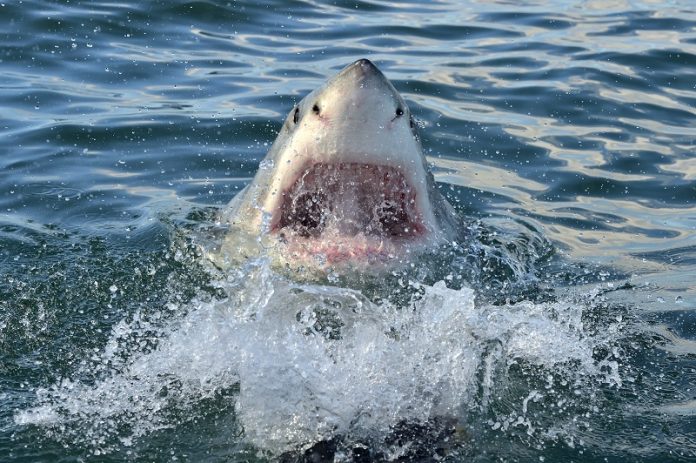
Ever wonder what’s going on with sharks near New York’s beaches?
You may have heard rumors or news reports about more sharks getting close to shore or even bumping into people.
As summer comes to an end, scientists are stepping in to set the record straight.
Dr. Oliver N. Shipley, a shark expert from Stony Brook University, led a team of researchers to find out what’s actually happening.
They published an article in the Journal of Fish Biology, explaining that the stories you hear in the media might not be totally accurate.
In fact, there isn’t enough research to say for sure why these shark encounters are happening.
The Misinformation Gap
According to Dr. Shipley, we don’t know enough about sharks in the New York Bight, which is the triangle-shaped water area from New Jersey to New York City and Long Island.
He says that sometimes, when a shark and a person cross paths, the news can make it sound like the sharks are to blame, but that’s jumping to conclusions.
Dr. Shipley and his team believe it’s crucial to fill in the gaps in our knowledge. We need to know more about the sharks’ lives, what they eat, and how they interact with their environment. They think that knowing these things can help prevent misunderstandings and protect sharks too.
What We Know So Far
What scientists do know is that shark numbers worldwide have been going down, mainly because they get caught in fishing nets or are hunted. But here’s the thing: in the New York Bight, there have been more reports of shark activities near the shore. Now, this might make you think that there are more sharks, but scientists say, “Hold on, we can’t be sure.”
What Should Be Done?
The experts suggest that we need more research to understand what’s going on. They recommend different ways to study sharks better, like using drones to take pictures from above, testing water for shark DNA, and studying how climate change might be affecting where sharks and their food are found.
Professor Michael Frisk, another researcher on the team, says this research would give us important new information. It could help us understand how often sharks and people are in the same place at the same time and how to make those meetings less likely.
So, what’s going to happen now? Dr. Shipley says they plan to start using drones to watch the waters around some beaches.
They want to get a clearer picture of where sharks like to hang out and when. The hope is that this will help everyone — from beachgoers to local authorities — know more about when and where sharks might appear.
In a nutshell, before we start blaming sharks for getting too close for comfort, scientists say we need to take a closer look.
With more research, we can better understand these amazing creatures and maybe even find ways to share the sea safely.
Follow us on Twitter for more articles about this topic.



